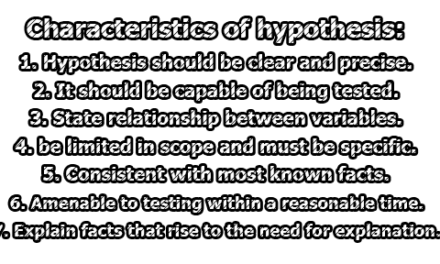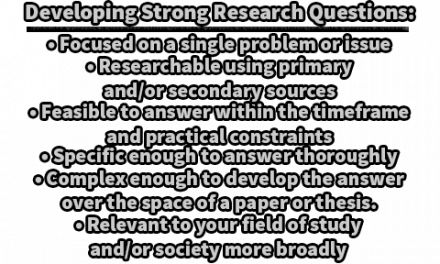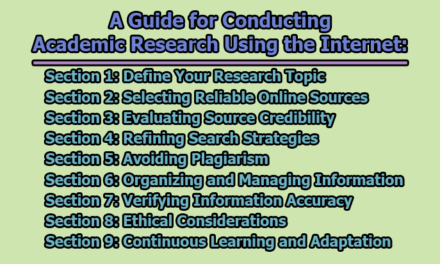Differences Between Articles and Journals:
In the vast landscape of academia and research, the terms “article” and “journal” are frequently encountered, sometimes used interchangeably. An article is a form of nonfiction writing that stands alone in a journal or other publication. A journal is a yearly publication that consists of a collection of articles. However, it is crucial to understand the differences between these two entities to navigate the vast sea of scholarly publications effectively. This article aims to shed light on the key differences between articles and journals.
| Point | Article | Journal |
| 1 | Written content on specific topics. | Publication with multiple articles or research papers within a single field or discipline. |
| 2 | Can be various forms: newspapers, magazines, blogs, or scholarly pieces. | Contains a collection of articles, research papers, reviews, and other scholarly contributions. |
| 3 | Authored by journalists, bloggers, experts, or researchers. | Presents articles from various authors, researchers, scholars, or experts within the field. |
| 4 | Typically shorter, ranging from a few hundred to a few thousand words. | Comprised of multiple articles, each with its own title, abstract, and author(s). |
| 5 | Offers information, analysis, opinions, or commentary on specific subjects. | Serves as a platform for sharing original research findings, academic discussions, and scholarly insights in a particular academic area. |
| 6 | Covers diverse topics: current events, lifestyle, technology, or academic subjects. | Focuses on a specific academic discipline, such as medicine, psychology, engineering, or social sciences. |
| 7 | Published in print, online, or digital formats. | Published as print editions, online platforms, or a combination of both mediums. |
| 8 | Aims at general audience to inform, entertain, or provide insights on subjects. | Targets researchers, academics, and professionals, enabling them to share scholarly work and contribute to the existing knowledge base within their field. |
| 9 | May or may not undergo formal peer-review process. | Generally subjected to rigorous peer-review by experts in the field to evaluate research papers or articles before publication. |
| 10 | Varied writing styles and tones based on audience or purpose. | Adheres to standardized format including sections like abstract, introduction, methodology, results, discussion, and conclusion. |
| 11 | Written in accessible language to engage broader readership. | Utilizes formal, technical language to effectively communicate research findings and scholarly arguments. |
| 12 | Published in both reputable and non-reputable sources. | Typically published in academic or scholarly journals recognized within the field. |
| 13 | Serves multiple purposes: news, stories, opinions, education, or promotion. | Primarily contributes to the advancement of knowledge, disseminates research findings, and fosters academic discourse within specific fields. |
| 14 | May include citations or references to support claims. | Requires authors to adhere to specific citation styles and provide references to acknowledge sources or previous research. |
| 15 | Independent pieces of content, not requiring other articles. | Contains multiple articles published together within the same issue or volume. |
| 16 | Varies in credibility and reliability based on source and verification. | Generally considered reliable sources due to rigorous peer-review process and adherence to academic standards. |
| 17 | Published in various sources: newspapers, magazines, online platforms. | Typically published by reputable academic publishers, professional societies, or scholarly organizations. |
| 18 | Varies in formality and structure based on audience or type. | Adheres to standardized structure and formatting guidelines ensuring consistency and ease of navigation for readers. |
| 19 | May or may not contribute to knowledge in a specific field. | Contributes to scholarly discourse, research collaboration, and cumulative knowledge within respective fields. |
| 20 | Standalone pieces of content not requiring other articles. | Encourages exploration of other articles within the journal to gain broader understanding of subject or discipline. |
| 21 | Accessible to general public with varying levels of expertise. | Primarily aimed at researchers, academics, professionals, students, or individuals with specific interest or expertise in the field. |
| 22 | Published by various entities: media companies, online platforms, authors. | Typically published by established academic publishers or organizations specializing in scholarly publications. |
| 23 | Includes various genres: news, features, opinions, interviews, or research summaries. | Consists of research articles, review articles, case studies, editorials, or other scholarly contributions. |
| 24 | May or may not require specialized knowledge or expertise to understand. | Often requires background knowledge or familiarity with subject area to comprehend research findings or scholarly arguments. |
| 25 | Can be read independently, providing standalone information or entertainment. | Often read as a collection of articles, allowing readers to explore different perspectives, research studies, or scholarly discussions on particular themes or topics. |
In essence, while articles serve as individual pieces of content addressing specific topics or issues, journals serve as comprehensive repositories of scholarly contributions within distinct academic disciplines. Understanding these disparities is essential for researchers, academics, and students alike to effectively engage with and contribute to the scholarly discourse. By discerning the unique characteristics of articles and journals, individuals can navigate the vast sea of scholarly publications with clarity and purpose.

Assistant Teacher at Zinzira Pir Mohammad Pilot School and College










